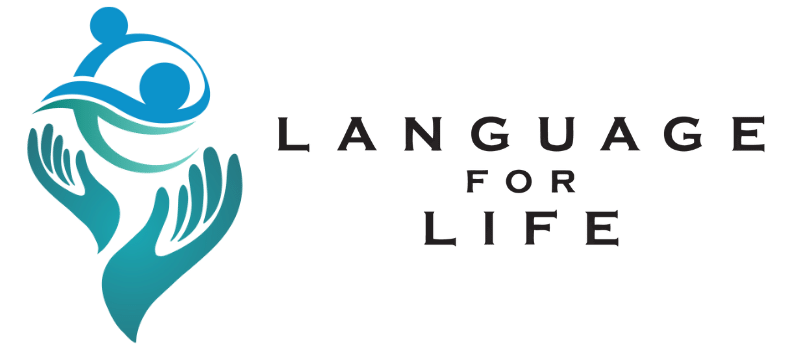Introduction
Sign language is a beautiful form of communication which uses fundamentals of expressions and hand gestures. Even though the world is dominated by spoken and written languages, sign language stands out on many levels. Often overlooked and misunderstood, Sign language is not strictly limited to a random series of hand gestures, but its sophisticated structured language provides another way of communication for the deaf and hard-of-hearing community. This blog delves into the nuances of sign language, its importance and the rich culture it represents.
The Beauty of Sign Language
The sign language and its beauty lies in its expressiveness and gestures. The basis of this language is the visuality of facial expressions, hand gesturing, and body movement, and conveying them as a message to the other person. Sign Languages, same as spoken languages, vary significantly across different regions and cultures worldwide.
Learning Sign Language
Educating oneself with sign language is same as learning a language which is not native to one’s self. There is a vast range of online resources simultaneously many communities offer sign language classes for any individual in need.
However, a young child’s sign language acquisition tends to be a different experience for both parents and children. A deaf child born with hearing parents without prior experience with sign language has institutions to aid their education service. There will be a paralleled self-learning curve for the parents on sign language and the child can pick up spoken language at a minor pace. Meanwhile deaf or muted parents will be their child’s first tutor on sign language in the initial stages.
Sign Language in the Digital Age
Technology has had a significant impact on the sign language community. Technologies like video calling platforms (Skype and Zoom) have made communication more accessible for the users of sign language. Influencers and educators have accessed social media platforms to bring awareness of sign language and its importance to the community. Telehealth, which is also receiving medical care via video calling platforms, has aided sign language patients to receive the medical attention they require in the comfort of their home using visual communication.
Challenges in Conversational Sign Language
Learning sign language if you want to use it in conversation is easy. Like any language, it only takes practice and gets more natural when interacting with others one-on-one. Your fluency increases over time as you learn the wide variety of expressions possible in sign language. It is more complicated to learn a language later in life than studying it from a younger age. Furthermore, it is typically impossible to fully immerse oneself in sign language outside the classroom unless there’s room for practice in the real world.
Challenges of Sign Language in a Professional Setting
It can be challenging to learn sign language for technical or professional purposes. Acquiring proficiency in American Sign Language (ASL) can be challenging as it requires speakers to abandon “thinking straight English” and instead rely on abstraction and other skills to have lively and successful conversations.
A professional interpreter needs to be more specific and can translate between multiple languages and professional lexicons in real-time. Phonetic skills, on the other hand, are the ability to use hand and symbol cues that represent the sound of spoken English and basic fingerspelling. Moreover, there is no one worldwide sign language used by interpreters. Each country has its sign language, complete with regional slang and references that are uncommon worldwide.
Conclusion
The sign language is a gateway to a rich cultural experience and a more inclusive world rather than it being a communication tool. By learning and promoting sign language, we have the ability to bridge gaps, connect with people and enrich our lives with diversity and truly appreciate the beauty of talking with hands.

